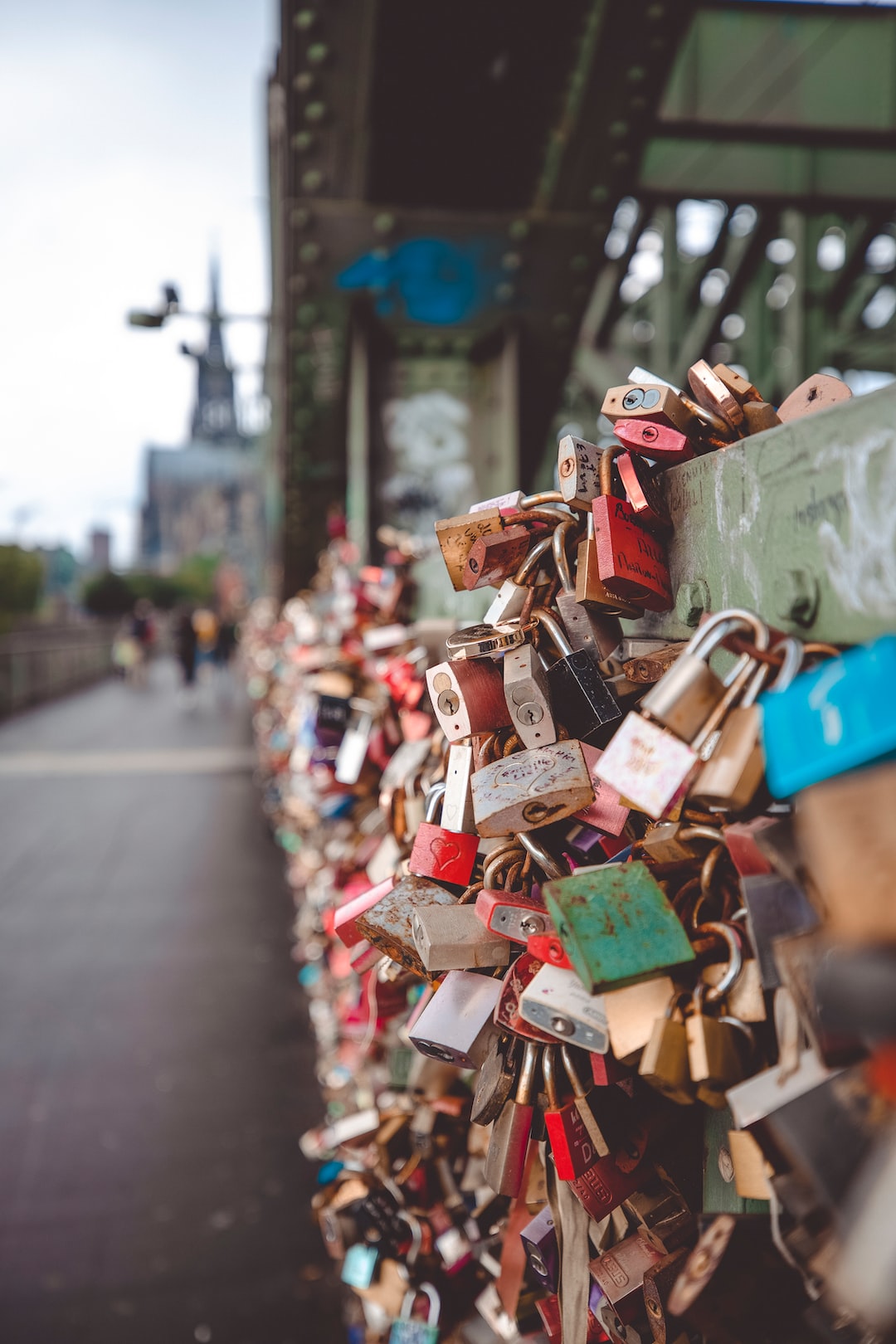Artificial Intelligence (AI) has been rapidly advancing in the last few years, transforming various industries and providing innovative solutions to complex problems. While AI is predominantly associated with technology and science, it has also made its way into the world of art. Artists and technologists alike are exploring the intersection of AI and creativity, resulting in groundbreaking new forms of artistic expression.
One of the ways in which AI is being utilized in art is through generative algorithms. These algorithms are programmed to create artwork by analyzing patterns, styles, and themes from various sources. They can generate new art pieces that mimic the style of famous artists or even come up with entirely unique creations. This not only pushes the boundaries of traditional artistic practices but also challenges our perception of creativity itself.
The use of AI in the art world has sparked debates about the role of the artist in the creative process. Some argue that the use of AI diminishes the significance of human creativity, as machines are now capable of producing art on their own. However, others view AI as a tool or collaborator that enhances the artist’s abilities and expands their creative horizons. It allows artists to explore new techniques, experiment with different styles, and break free from creative constraints.
AI is also revolutionizing the way we experience and interact with art. Virtual reality (VR) and augmented reality (AR) technologies are being integrated with AI to create immersive and interactive art experiences. These technologies allow users to step into a virtual world, interact with AI-generated characters, and even modify the artwork in real-time. This fusion of technology and art opens up endless possibilities for audience engagement and blurs the boundaries between the observer and the artwork.
Moreover, AI is also being used to preserve and restore artworks. Through the analysis of digital scans and vast databases, AI algorithms can recreate missing parts of damaged artworks or even recreate an entire piece. This technology ensures the preservation of our cultural heritage and allows us to appreciate artworks that would otherwise be lost to time.
However, despite the many advancements, AI in art raises ethical concerns. For example, who owns the AI-generated art? Is it the programmer who created the algorithm or the machine that produced it? Additionally, AI algorithms can perpetuate biases present in the data they were trained on, leading to potential discrimination and exclusion in the art world.
In conclusion, the intersection of AI and art is reshaping the creative landscape in unprecedented ways. It challenges our understanding of creativity, expands artistic possibilities, and revolutionizes the way we experience art. As AI continues to evolve, it is important to strike a balance between technological advancements and human creativity, fostering a symbiotic relationship that enhances artistic expression while addressing ethical concerns. The future of AI and art holds immense potential, and it is up to us to shape it responsibly.

